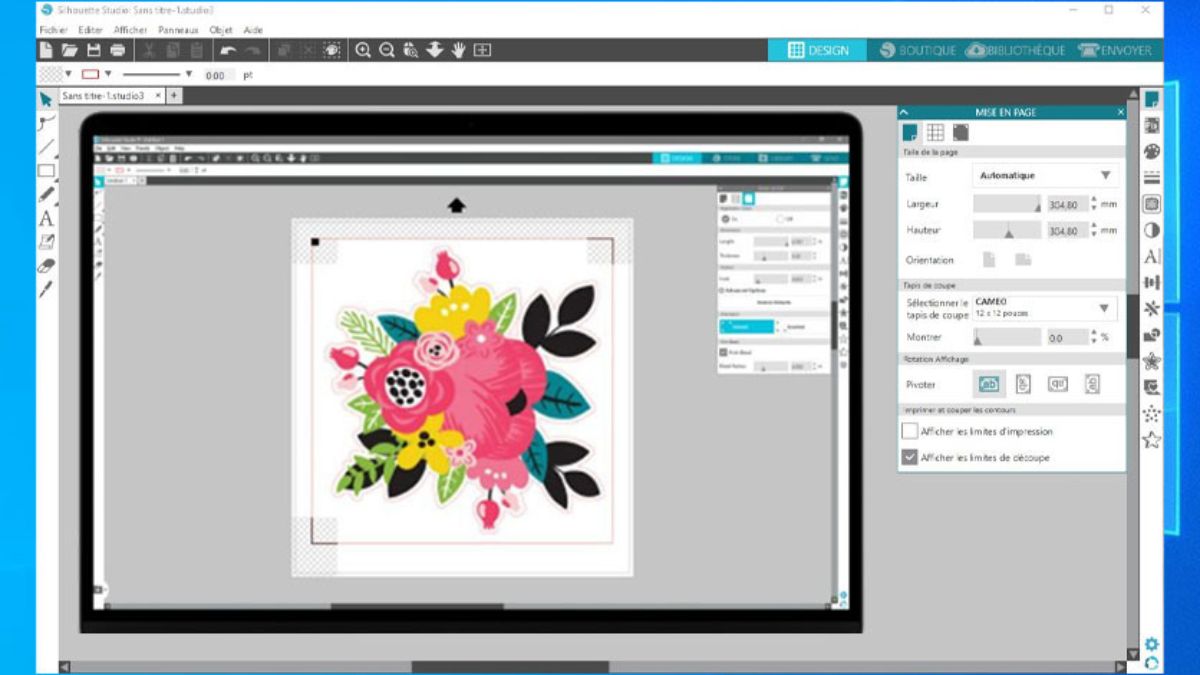Social testing has become a critical component of modern digital marketing strategies. Among the various testing tools available, SilkTest has emerged as a powerful solution for automating social media platform testing. This comprehensive guide explores how SilkTest can revolutionize the social media testing approach and help ensure your campaigns perform flawlessly across different platforms.
Social media platforms are constantly evolving, with new features, interface changes, and algorithm updates rolling out regularly. These changes can break existing functionality, disrupt user experiences, and damage brand reputation if not properly tested. Traditional manual testing approaches simply cannot keep pace with the rapid development cycles of social media applications.
SilkTest addresses these challenges by providing robust automation capabilities specifically designed for dynamic web applications like social media platforms. Whether you’re managing corporate social media accounts, developing social media management tools, or creating social media integrations, understanding how to leverage SilkTest effectively can save time, reduce errors, and improve overall quality assurance processes.
Understanding SilkTest for Social Media Testing
SilkTest is an enterprise-grade test automation tool that excels at testing complex web applications, making it particularly well-suited for social media platform testing. The tool’s ability to handle dynamic content, JavaScript-heavy interfaces, and real-time updates makes it ideal for the ever-changing landscape of social media applications.
The platform supports multiple testing approaches, including functional testing, regression testing, and load testing. For social media applications, this means you can verify that posting mechanisms work correctly, ensure user interactions function as expected, and confirm that your applications can handle peak usage periods.
SilkTest’s object recognition capabilities are particularly valuable when testing social media interfaces. The tool can identify and interact with dynamic elements like post buttons, comment fields, and notification panels, even when their underlying code changes between platform updates.
Key Features for Social Media Testing
Dynamic Object Recognition
Social platforms frequently update their user interfaces, often changing element identifiers and layouts. SilkTest’s advanced object recognition technology adapts to these changes automatically, reducing the maintenance burden on testing teams. The tool can identify elements based on multiple attributes, ensuring tests remain stable even when minor interface modifications occur.
Real-Time Content Validation
Social media content appears and updates in real-time, creating unique testing challenges. SilkTest handles these scenarios effectively by providing sophisticated synchronization mechanisms. Tests can wait for specific content to appear, verify that updates propagate correctly, and ensure that user interactions trigger appropriate responses.
Cross-Browser Compatibility Testing
Social users access platforms through various browsers and devices. SilkTest supports comprehensive cross-browser testing, allowing teams to verify functionality across Chrome, Firefox, Safari, and Edge. This capability ensures consistent user experiences regardless of the browser choice.
API Testing Integration
Modern social media applications rely heavily on APIs for content delivery and user interactions. SilkTest integrates API testing capabilities with UI testing, enabling comprehensive validation of both front-end functionality and back-end services. This integration is crucial for identifying issues that might only manifest when UI and API components interact.
Implementing SilkTest in Your Social Media Testing Strategy
Test Planning and Design
Successful media with SilkTest begins with thorough test planning. Identify the core user journeys that need validation, such as account creation, content posting, user interactions, and notification systems. Prioritize test cases based on business impact and user frequency.
Create modular test scripts that can be easily maintained and reused across different social media platforms. This approach reduces development time and ensures consistent testing coverage across your entire social media ecosystem.
Handling Dynamic Content
Social media feeds contain constantly changing content, which can complicate automated testing. Design your SilkTest scripts to focus on functionality rather than specific content. For example, instead of verifying that a particular post appears in a feed, test that the posting mechanism works and that new content appears in the appropriate location.
Use data-driven testing approaches to validate functionality with various content types, including text posts, images, videos, and links. This comprehensive approach ensures your social media applications handle diverse content scenarios correctly.
Managing Test Data
Social testing often requires specific user accounts, connections, and content scenarios. Develop a robust test data management strategy that includes creating and maintaining test accounts, establishing follower relationships, and preparing various content types for testing scenarios.
Consider the privacy and security implications of test data, especially when testing on live social media platforms. Implement appropriate data masking and cleanup procedures to protect sensitive information and maintain compliance with privacy regulations.
Best Practices for Social Media with SilkTest
Environment Management
Maintain separate testing environments that mirror your production social media integrations without affecting live user data. Use staging environments provided by social media platforms when available, or create isolated testing instances that simulate real-world conditions.
Regularly synchronize your testing environments with production configurations to ensure tests remain relevant and accurate. This practice helps identify potential issues before they impact real users.
Continuous Integration
Integrate SilkTest into your continuous integration and deployment pipelines to ensure social media functionality is validated with every code change. Automated test execution provides immediate feedback on potential issues and prevents problematic code from reaching production environments.
Set up appropriate test triggers based on development activities, such as running full test suites before major releases and executing smoke tests for minor updates. This balanced approach provides comprehensive coverage without overwhelming development teams with excessive testing overhead.
Monitoring and Reporting
Implement comprehensive reporting mechanisms that provide clear visibility into test results and system performance. SilkTest’s reporting capabilities can highlight trends, identify recurring issues, and track testing metrics over time.
Create dashboards that display key testing metrics, including pass/fail rates, execution times, and error patterns. These insights help teams identify areas for improvement and demonstrate the value of automated testing efforts.
Overcoming Common Challenges
Platform-Specific Limitations
Different social media platforms impose various limitations on automated testing, including rate limiting, bot detection, and terms of service restrictions. Research each platform’s testing policies and implement appropriate safeguards to ensure compliance while maintaining effective test coverage.
Work with platform providers when possible to establish approved testing procedures and access to dedicated testing environments. Many major social media platforms offer developer programs that include testing resources and support.
Scalability Considerations
As your social media presence grows, your testing requirements will expand accordingly. Design your SilkTest implementation with scalability in mind, using cloud-based execution environments and parallel testing strategies to handle increased testing loads efficiently.
Consider implementing risk-based testing approaches that prioritize critical functionality and high-impact scenarios when complete test execution becomes time-prohibitive.
Maximizing Your Social Media Testing Success
SilkTest provides powerful capabilities for automating social media testing, but success depends on thoughtful implementation and ongoing optimization. Focus on creating maintainable test suites that provide meaningful feedback while adapting to the dynamic nature of social media platforms.
Regular review and refinement of your testing strategy ensures continued effectiveness as social media platforms evolve and your business requirements change. Invest in team training and stay current with SilkTest updates and social media platform changes to maintain optimal testing performance.
By leveraging SilkTest’s advanced features and following established best practices, organizations can achieve reliable, efficient social mediatesting that supports business objectives while delivering exceptional user experiences.











